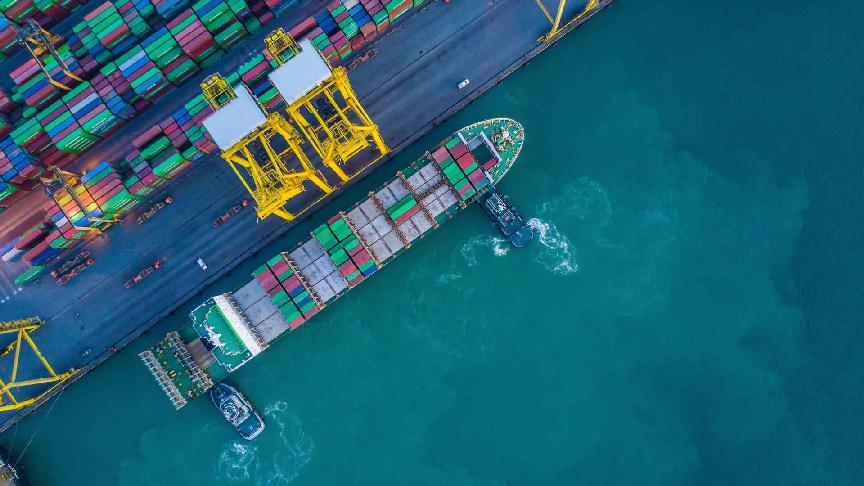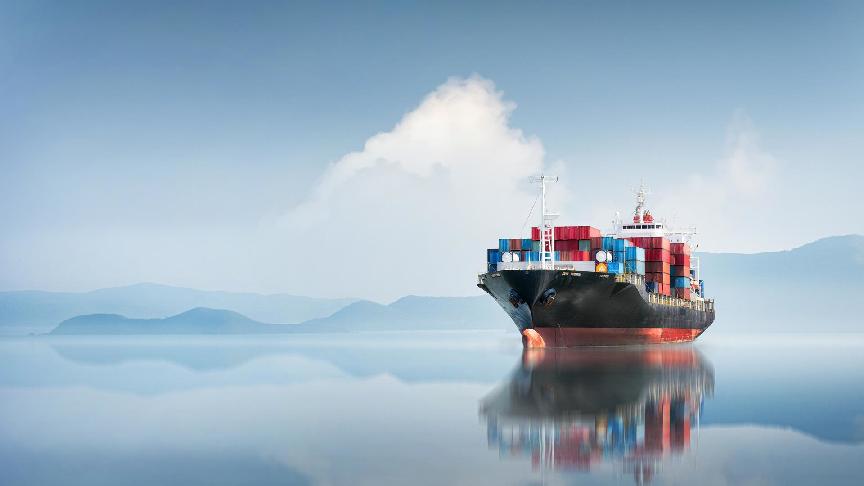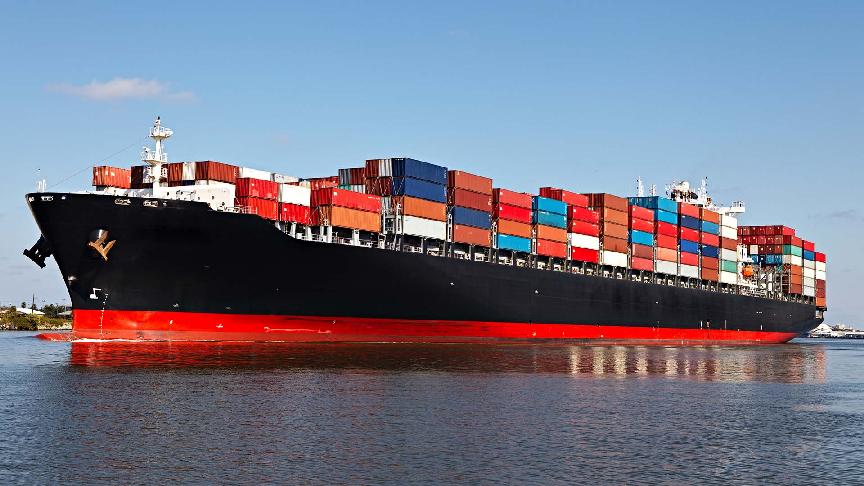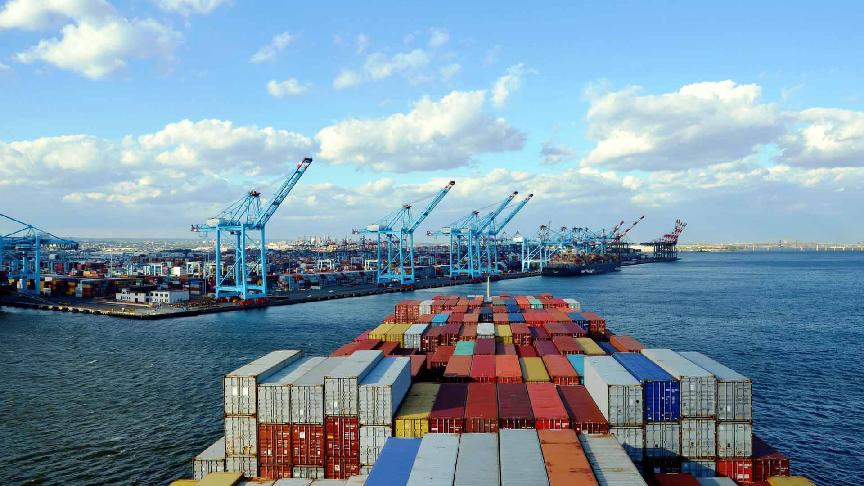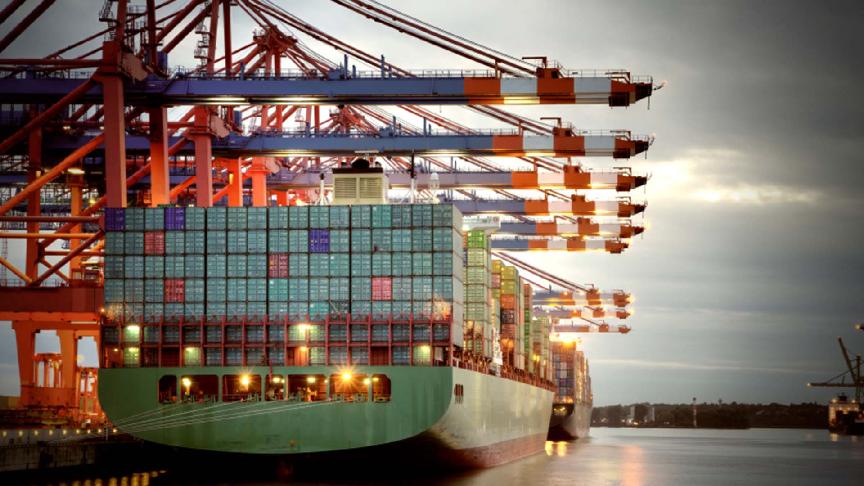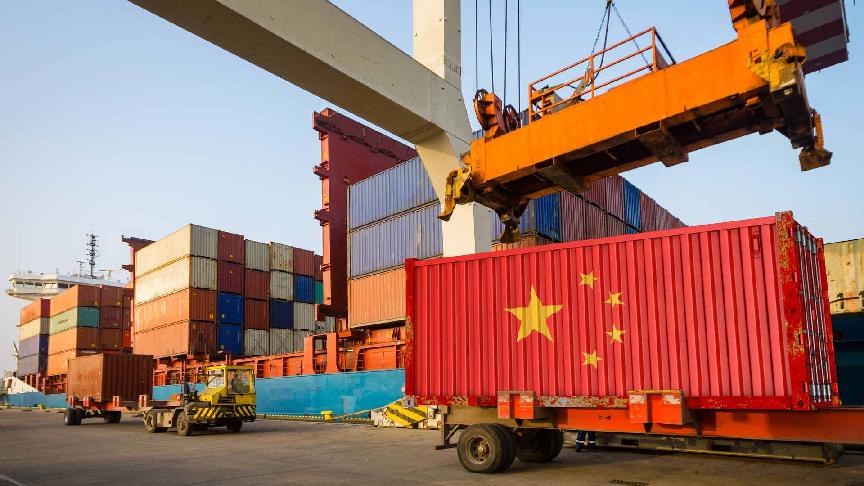by Lloyd's List
18 July 2025 (Lloyd's List) - SHANGHAI aims to build a super shipbuilding base on its Changxing Island by 2027, which will not only have huge production capacity, but also become a hub for technological innovation and industrial chain aggregation.
China State Shipbuilding Corp — the world’s largest shipbuilding group by orderbook size and already a major presence on the island — could potentially be the largest beneficiary.
But whether the plan can attract much more private sector support remains questionable.
The move comes as the years-long boom in newbuilding market seems to be rapidly losing steam, with new order volumes plummeting sharply this year.
Moreover, China’s dominance in global shipbuilding is coming under pressure from geopolitics and rival nations, with the threat from US trade policy and its allies keen to capitalise on that.
Changxing Island, located at the mouth of the Yangtze River northeast of Shanghai, spans 160 square kilometres. Currently, its 21km shoreline already clusters several major shipbuilders, including two CSSC subsidiaries, and a batch of equipment suppliers.
CSSC’s Hudong Zhonghua Shipbuilding just opened a $2.5bn new yard on Changxing earlier this year. Its sister company Jiangnan Shipyard relocated there back in 2008.
Additionally, a Cosco Shipping Heavy Industry repair yard is also a resident.
The Shanghai government’s goal, as outlined in an implementation plan published this week, is to further develop this existing business cluster into a “world-class modernised” shipbuilding and marine equipment industry park with annual output exceeding Yuan120bn ($16.7bn) over the next two years.
If successful, the new base will see enhanced building capabilities, pioneering core technologies, and supply chain resilience.
Specific targets include boosting the annual output of large liquefied natural gas carriers to 18 ships in two years. In comparison, eight were delivered by Hudong-Zhonghua and one by Jiangnan in 2024.
Other key vessel types highlighted include large cruise ships, floating production units, heavy icebreakers, pure car and truck carriers adapted for new energy vehicles, and “future ships” including nuclear-powered ones.
The plan also expects that two or more national-level key laboratories and more than one national pilot test platforms will be established on the island.
The envisaged shipyard base is tasked with achieving breakthroughs in some technologies currently dominated by foreign firms, such as low-temperature liquid cargo containment, and propelling the development of low-carbon fuel power systems — including methanol/ammonia dual-fuel marine engines.
Enhancing ship equipment supporting capabilities is also on the to-do list.
Although the municipal government has pledged support regarding shoreline resources, industrial land and funding, whether it can spur sufficient private sector investment and ultimately succeed remains uncertain.
“First, this requires market support,” an executive from a state-owned shipbuilder commented.
“I believe Hudong and Jiannan have the capacity to build 18 LNG carriers a year, provided shipowners have sufficient willingness to take delivery and place orders. But judging from this year, both seem to be weak.”
In the first half of 2025, global newbuilding orders plunged 54% year on year to 19.8m compensated gross tonnes, while the decline reached 81% in June alone, Clarksons data showed. Rival Xclusiv’s statistics indicate the number of LNG carriers ordered in the six months dropped to 44 from 158 a year ago.
“The Shanghai government urgently needs to boost the local economy, and bringing manufacturing back is one of its strategies,” said the executive.
“It just so happens that the shipbuilding market has performed exceptionally well in recent years, so it’s no surprise that the Changxing Island plan was hammered out.
“But we shouldn’t forget that shipbuilding is a cyclical industry and highly competitive.”
He pointed out that while the land and labour costs in Changxing are cheap for Shanghai, they remain expensive compared to other Chinese shipbuilding regions such as the nearby Jiangsu province or northern China.
Efficient and affordable domestic logistics also means equipment suppliers need not be physically located next to the shipyards, he added.
Nonetheless, if the government incentives are substantial enough, CSSC may still add capacity to the island.
Shanghai Waigaoqiao Shipbuilding’s large cruise ship focus has constrained its commercial vessel capacity, so a transfer of its cruise building business to Changxing is possible, the executive added, although CSSC could more effectively resolve capacity issues through further internal integration.
“Subsidiary yards under CSSC work almost independently...Unified design, procurement and production line arrangements between say Hudong and Jiangnan on Changxing Island could bring easier gains than the government plan.”
CSSC commands 19% of the global orderbook in cgt terms. China as a whole takes 60%.
The country hit a high of 72% global new order market share last year. That tally dropped to 52% in the first half of 2025, amid heightened uncertainty over both market demand and geopolitics.
A recent BIMCO report identified growing concerns around the US port scheme targeting Chinese ships as a likely contributor.
However, the revised, watered-down levy plan announced in April was widely seen as reducing adverse impacts for Chinese yards.
Meanwhile, the reported departure of Ian Bennitt, the senior director for maritime and industrial capacity at the White House National Security Council, is seen at least in China as a sign that US pressure on China’s shipbuilding industry could further diminish.

